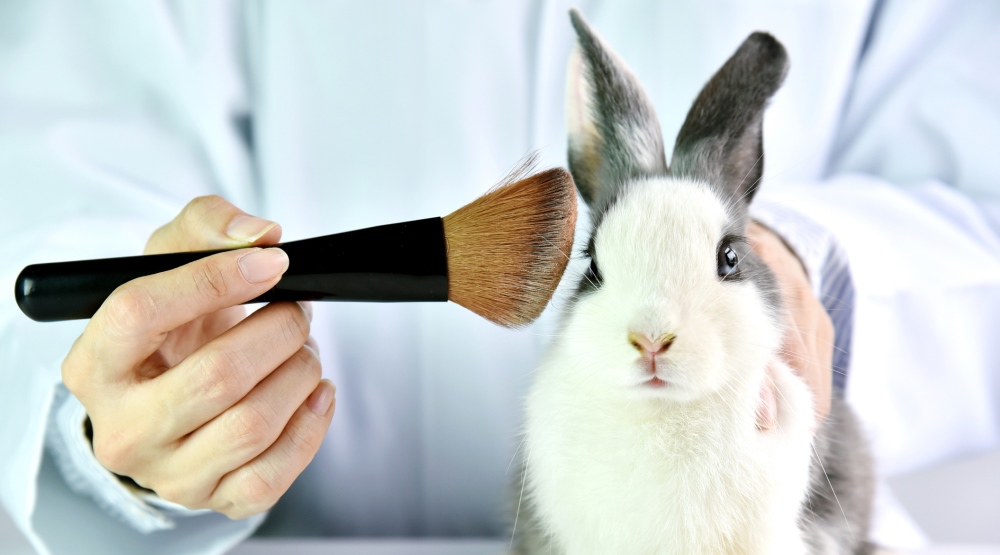Three years after making an election promise to ban animal testing for cosmetic products, the Australian Government has finally delivered.
The Senate has passed the Industrial Chemicals Bills 2017 to ban animal testing for cosmetic products in Australia – and the sale of cosmetic products and ingredients that have been tested on animals outside of Australia.
In 2016, the Government make an election promise to introduce such a ban by July 2017 but later deferred the introduction of the The Industrial Chemicals Bill 2017 to help “regulated entities adequately prepare for compliance with the new Australian Industrial Chemicals Introduction Scheme”.
Nonetheless despite the delay, numerous animal welfare advocates in Australia and overseas have welcomed its introduction.
The Bill was passed by the Senate following its agreement with the Humane Society International to commit to “11 substantial reinforcing measures to ensure that all cosmetic ingredients are captured by the ban, together with funding to support the development and uptake of modern non-animal test methods”.
Hannah Stuart, HSI campaign manager for #BeCrueltyFree Australia, said the organisation was pleased with the “implementation of a robust ban on cruel cosmetics in Australia”.
“We are pleased to welcome this milestone in moving to end reliance on cruel and outdated cosmetic animal testing in Australia,”she said.
“The commitments by the Government to further restrict the use of new animal test data for cosmetic uses, and to reduce reliance on animal testing more broadly as well, come as a product of nearly three years of intensive negotiations with HSI.
“…The ban reflects both the global trend to end cosmetics cruelty, and the will of the Australian public which opposes using animals in the development of cosmetics.
“We thank the Government for showing leadership on this important issue, and will continue to work with them to implement the commitments and enforce a robust ban.
“This is a huge win for animals, consumers and science.”

